Literatura zagraniczna (angielskojęzyczna) dotycząca pasywnego inwestowania (w tym funduszy ETF) liczy kilkadziesiąt pozycji różniących się poziomem zaawansowania, sposobem podejścia do tematu oraz stopniem szczegółowości poruszanych zagadnień.
Do klasycznych pozycji w tej dziedzinie należą:
- książki Johna C. Bogle`a – twórcy pierwszego detalicznego funduszu indeksowego – w tym m.in.: The Little Book of Commonsense Investing (wydana w Polsce pod tytułem „Mała książka zdroworozsądkowego inwestowania” przez Milion Kroków w 2022 r.), John Bogle on Investing: The First 50 Years, Bogle on Mutual Funds, Enough! True Measures of Money, Business and Life (wydana w Polsce pod tytułem „Dość. Prawdziwe miary bogactwa, biznesu i życia” przez PTE w 2009 r.), The Clash of the Cultures: Investment vs. Speculation i Don`t Count on It! Reflections on Investment Illusions, Capitalism, Mutual Funds, Indexing, Entrepreneurship, Idealism and Heroes.
- Burton G. Malkiel, A Random Walk Down Wall Street (wydawnictwo W. W. Norton & Company, 13. wydanie z 2023 r. – ponad 2 miliony sprzedanych egzemplarzy). W Polsce książka została wydana trzykrotnie: pod tytułem „Błądząc po Wall Street. Dlaczego nie można wygrać z rynkiem” przez WIG Press w 2003 r., pod tytułem „Błądząc po Wall Street. Sprawdzona strategia skutecznego inwestowania” przez Wolters Kluwer w 2014 r. i pod tytułem „Spacer po Wall Street. Sprawdzona strategia skutecznego inwestowania” przez Wydawnictwo Naukowe PWN w 2023 r.
- Charles D. Ellis, Winning the loser`s game. Timeless strategies for successful investing (wydawnictwo McGraw-Hill Education. 8. wydanie z 2021 r.).
Wśród pozostałych książek warto polecić następujące pozycje (kolejność chronologiczna):
- Adam Marszk, Ewa Lechman „Sustainable investing. Socio-Economic Impacts of Exchange-Traded Funds” (wydawnictwo Elsevier – 2023)
- Eric Balchunas „The Bogle Effect” (wydawnictwo Matt Holt Books – 2022)
- Robin Wigglesworth „Trillions” (wydawnictwo Penguin Business – 2021)
- Tomasz Miziołek, Ewa Feder-Sempach, Adam Zaremba „International Equity Exchange-Traded Funds. Navigating Global ETF Market Opportunities and Risks” (wydawnictwo Palgrave MacMillan – 2020)
- Adam Marszk, Ewa Lechman „Exchange-Traded Funds in Europe” (wydawnictwo Elsevier – 2019)
- David Stevenson, David Tuckwell „The Ultimate ETF Guidebook” (wydawnictwo Harriman House – 2019)
- Ewa Lechman, Adam Marszk, Kato Yasuyuki „The Emergence of ETFs in Asia-Pacific” (wydawnictwo Springer – 2019)
- David J. Abner „The ETF Handbook: How to Value and Trade Exchange-Traded Funds” (drugie wydanie, wydawnictwo John Wiley & Sons – 2016)
- Ananth A. Madhavan „Exchange-Traded Funds and the New Dynamics of Investing” (wydawnictwo Oxford University Press – 2016)
- Charles D. Ellis „The Index Revolution. Why Investors Should Join It Now” (przedmowa Burton G. Malkiel) (wydawnictwo John Wiley & Sons – 2016 r.)
- Eric Balchunas „The institutional ETF toolbox” (wydawnictwo Bloomberg Press – 2016 r.)
- Joanne M. Hill, Dave Nadig, Matt Hougan, Deborah Fuhr „A comprehensive guide to Exchange-Traded Funds” (wydawnictwo CFA Institute Research Foundation – 2015 r.)
- Larry E. Swedroe, Andrew L. Berkin „The Incredible Shrinking Alpha and What You Can Do to Escape Its Clutches” (wydawnictwo Buckingham – 2015 r.)
- David Stevenson „Financial Times guide to exchange-traded funds and index funds: how to use tracker funds in your investment portfolio” (wydawnictwo Financial Times – 2009 i 2012 r.)
- Francis Groves „Exchange-traded funds: a concise guide to ETFs” (wydawnictwo Harriman Finance Essentials – 2011 r.)
- Gary L. Gastineau „The exchange-traded funds manual” (drugie wydanie, wydawnictwo Wiley Finance – 2010 r.)
- Lawrence Carrel „ETFs for the long run: what they are, how they work and simple strategies for successful long-term investing” (wydawnictwo Wiley – 2008 r.)
- Richard A. Ferri „The ETF book: all you need to know about exchange-traded funds” (wydawnictwo Wiley – 2009 r.)
- Laurence Rosenberg, Neal Weintraub, Andrew Hyman „ETF strategies and tactics: hedge your portfolio in a changing market” (wydawnictwo McGraw-Hill – 2008 r.)
Poza pozycjami książkowymi warto zapoznać się również z opracowaniami głównie o charakterze edukacyjnym i informacyjnym publikowanymi na stronach internetowych:
- serwisów poświęconych exchange-traded funds (np. etf.com, etftrends.com, etfexpress.com, etfdb.com, www.etfdailynews.com, www.etfstrategy.co.uk, www.etfstream.com),
- emitentów tytułów uczestnictwa funduszy ETF (exchange-traded funds) i instrumentów typu ETP (exchange-traded products),
- instytucji monitorujących rynki zarządzania aktywami (np. Investment Company Institute (USA), Investment Association (Wielka Brytania), EFAMA (Europa)) i rynek instrumentów typu ETF i ETP (np. www.etfgi.com)
- giełd papierów wartościowych i wielostronnych platform obrotu (MTF), na których notowane są exchange-traded funds i exchange-traded products,
- instytucji zrzeszających giełdy papierów wartościowych (np. Federation of European Securities Exchanges (FESE), World Federation of Exchanges (WFE)).

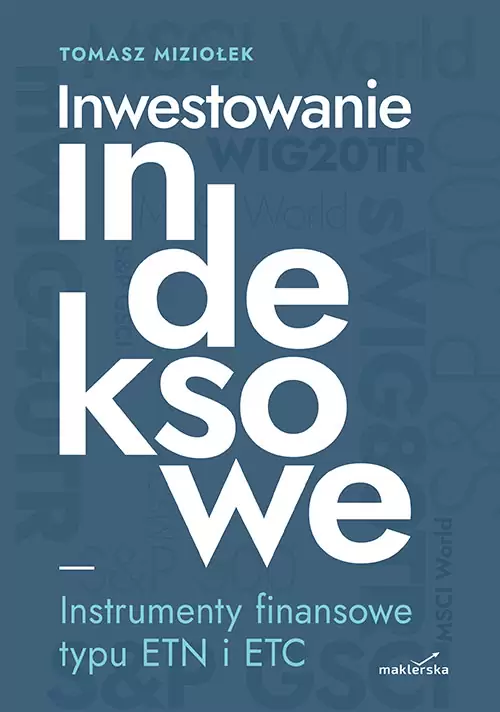
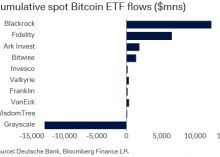
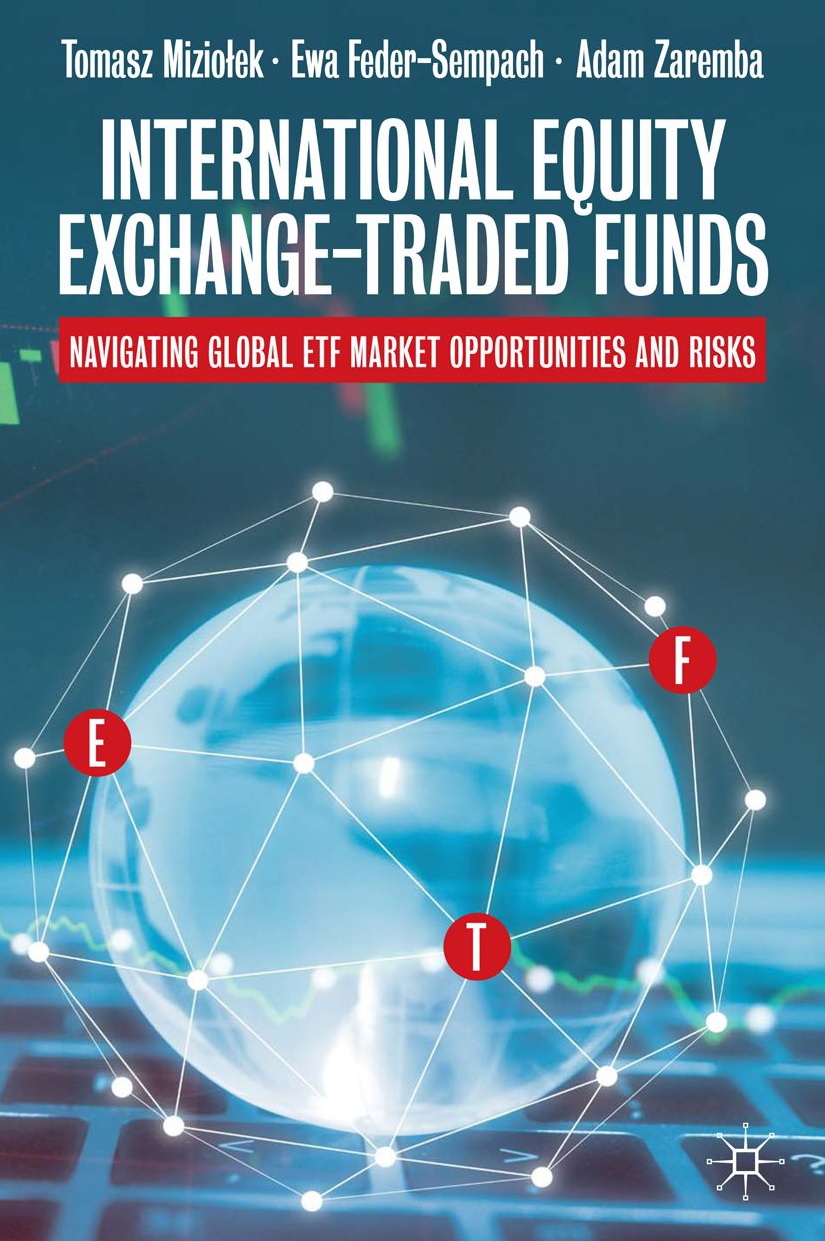
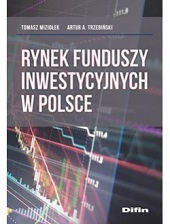
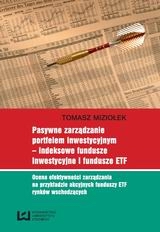
Wpis jeszcze nie ma komentarzy.